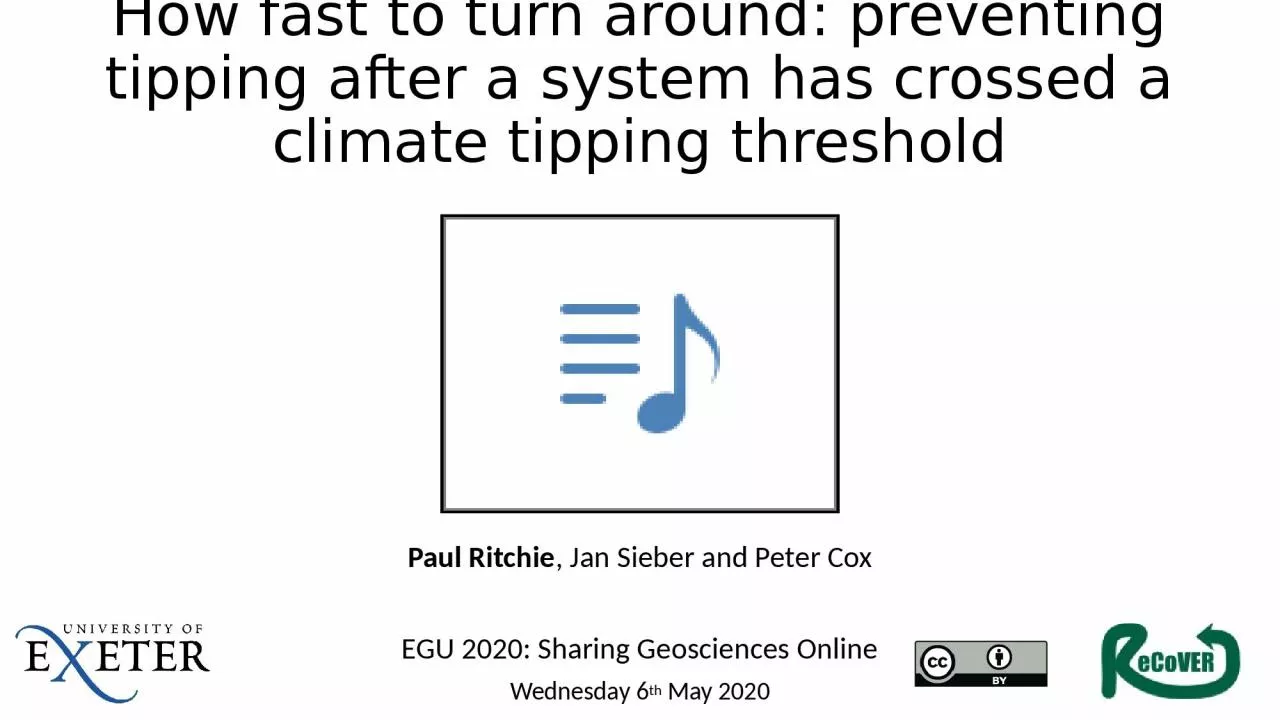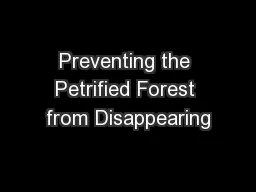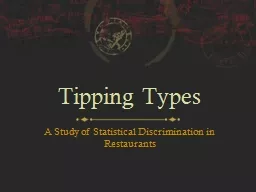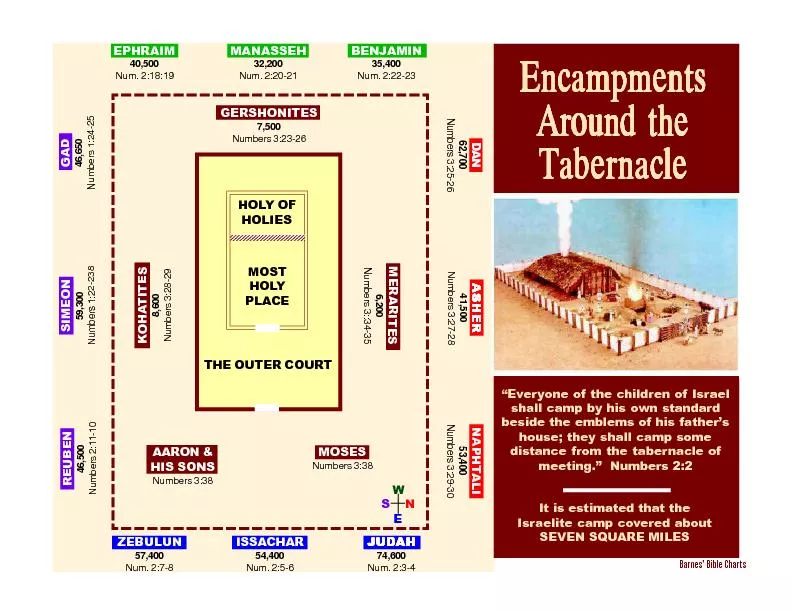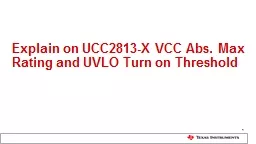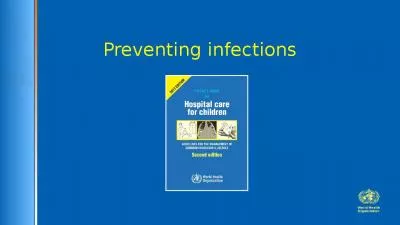PPT-How fast to turn around: preventing tipping after a system has crossed a climate tipping
Author : carla | Published Date : 2023-10-29
Paul Ritchie Jan Sieber and Peter Cox EGU 2020 Sharing Geosciences Online Wednesday 6 th May 2020 Delays when the forcing is quick However it may be more natural
Presentation Embed Code
Download Presentation
Download Presentation The PPT/PDF document "How fast to turn around: preventing tipp..." is the property of its rightful owner. Permission is granted to download and print the materials on this website for personal, non-commercial use only, and to display it on your personal computer provided you do not modify the materials and that you retain all copyright notices contained in the materials. By downloading content from our website, you accept the terms of this agreement.
How fast to turn around: preventing tipping after a system has crossed a climate tipping: Transcript
Download Rules Of Document
"How fast to turn around: preventing tipping after a system has crossed a climate tipping"The content belongs to its owner. You may download and print it for personal use, without modification, and keep all copyright notices. By downloading, you agree to these terms.
Related Documents

